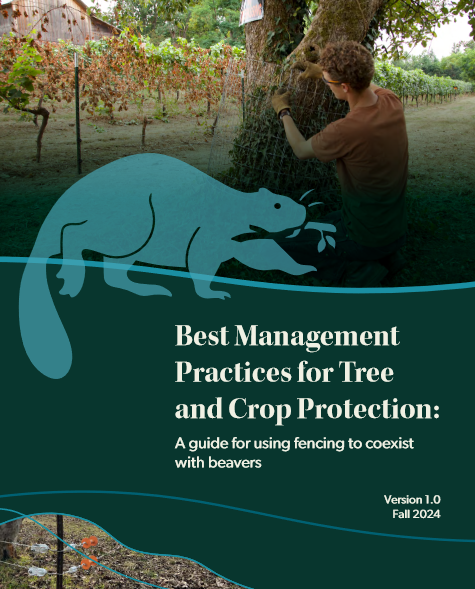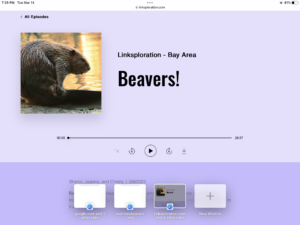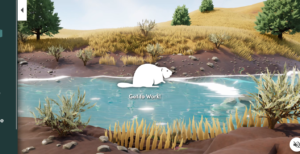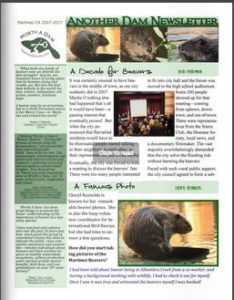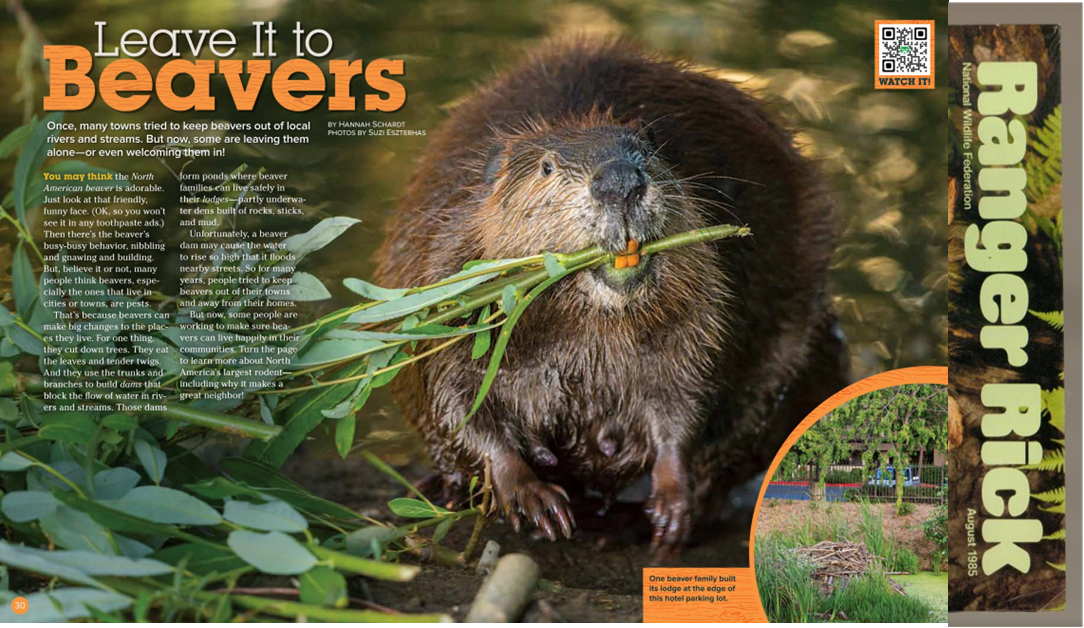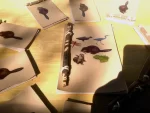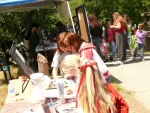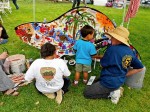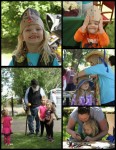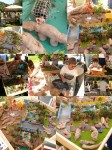
Category: Beavers
So I am always looking for cool things that might be willing to make a donation to our silent auction. And I got a facebook ad for THIS company and got very excited. It’s a young company run by a fairly young man who was interested in our story and how we might collaborate.
The shirts are very high quality and the designs are delightful Click on the website image to browse for yourself. These shirts will be available at the silent auction.



Off to the PRMCC this week to get final permissions on the beaver festival. I hardly know what to expect anymore. They used to be the only kind part of the city. Now who knows? Our entire city staff has grown so polite they might be the mean girls on the block?
Wish me luck!

Off
 On Friday I attended the second pre-planning meeting for beaver in the Alameda Watershed. I was surprised that all kinds of folk including EBRP and Flood Control and Audubon can’t wait until they are given beavers of their very own.
On Friday I attended the second pre-planning meeting for beaver in the Alameda Watershed. I was surprised that all kinds of folk including EBRP and Flood Control and Audubon can’t wait until they are given beavers of their very own.
To love, honor. and cherish. Seriously. Mayor Schroeder would be spinning in his cadillac. There must have been 40 people at the meeting. Molly Alves and Valerie Cook were there to talk about what needed to happen before a beaver reintroduction could be granted. I presented lessons learned in Martinez and everyone was jealous that we had them first.
It was so weird.
Valerie Cook commented that my slides were fantastic and Molly said I was inspiring and she was sorry she couldn’t attend the festival because it was field season.
No one mentioned my recent bear-eating beaver letter.
Honestly it was so bizarre I commented afterwards that it was kind of like being in college and everyone ran around terrified of getting pregnant and then meeting up with you friends in your thirties and all they could talk about was trying to have a baby.

Working on the post-test for kids who do the trading cards at the Beaver Festival. What do you think? I am having a hard time finding an image of trash!
post test



